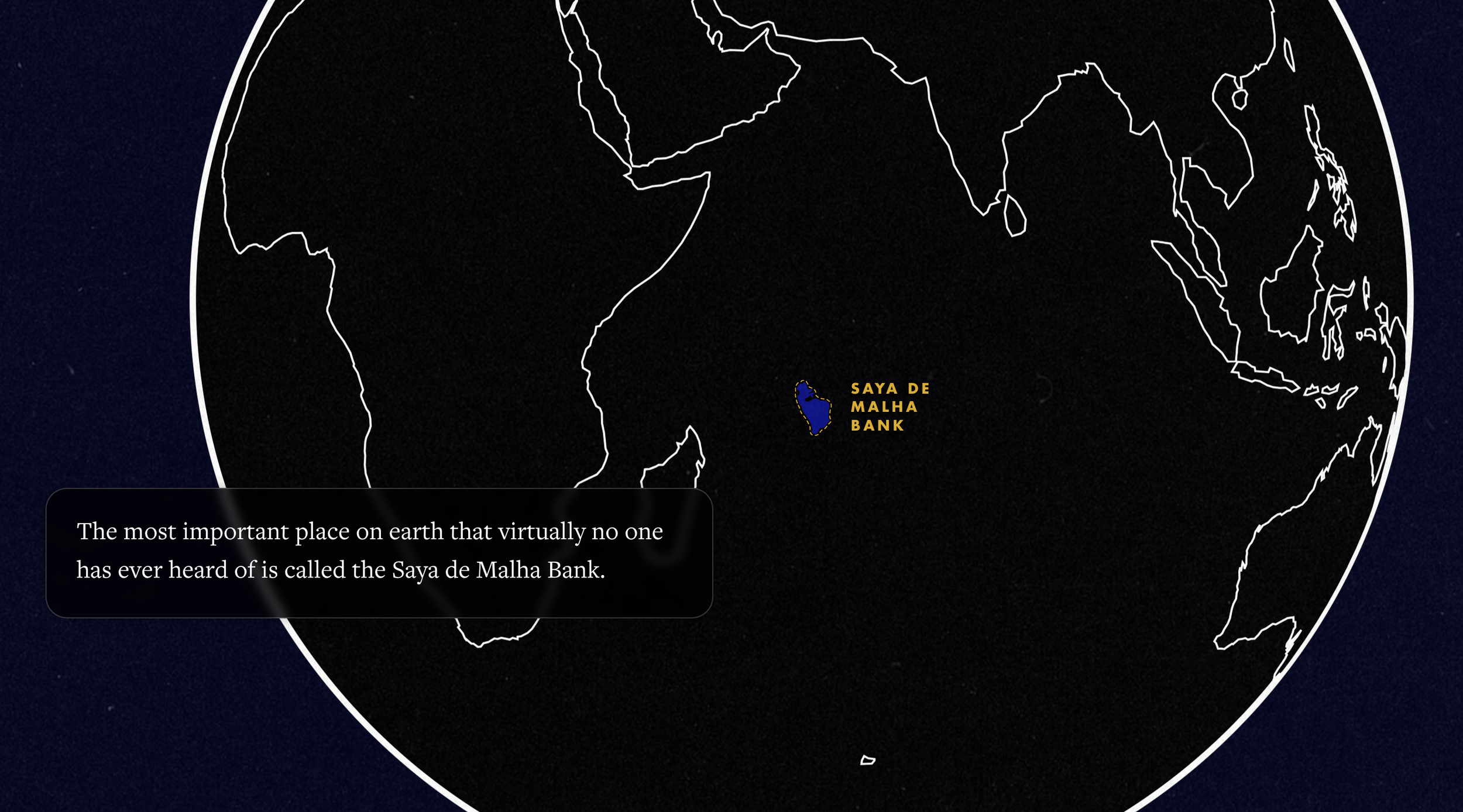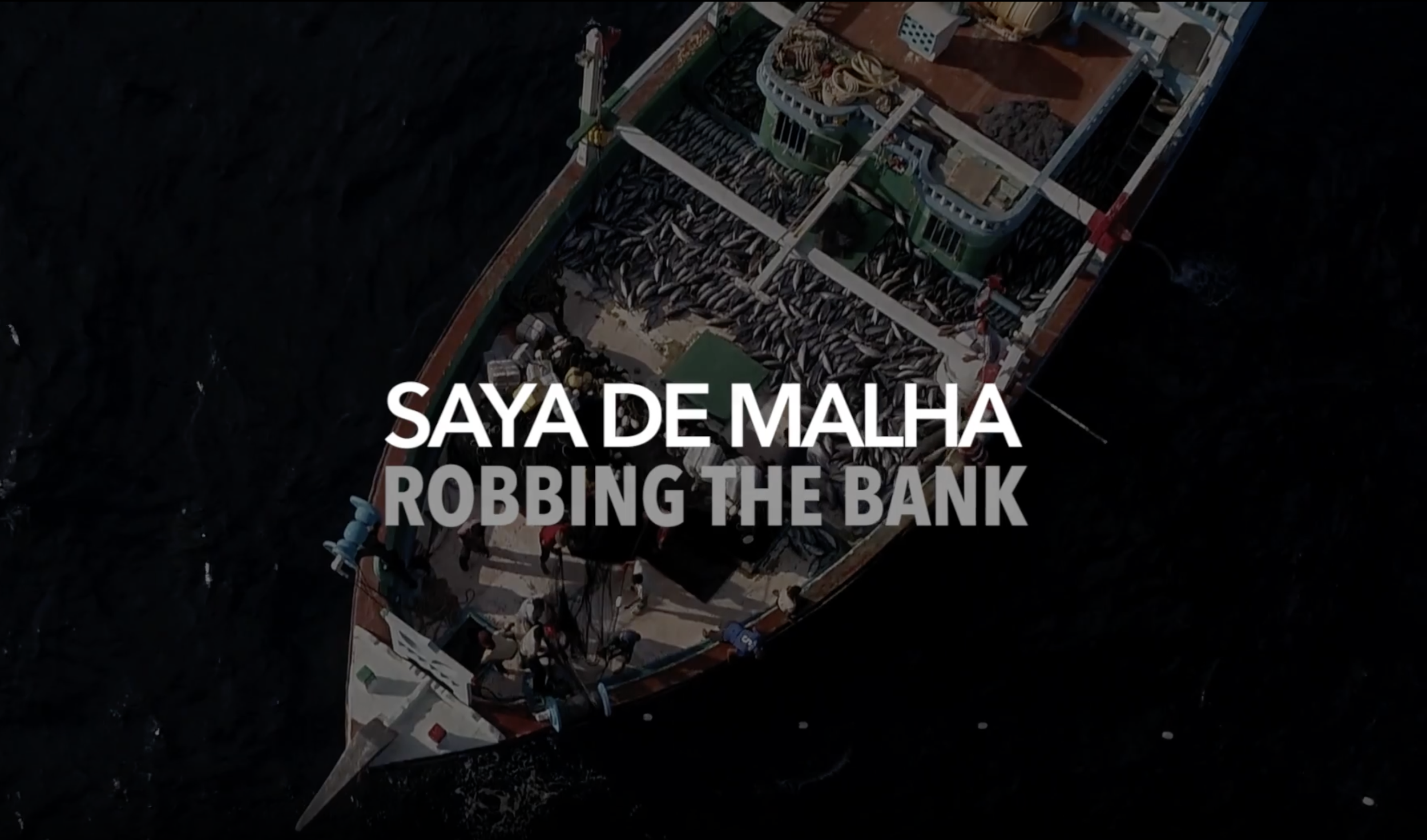Robbing A Bank When No One’s Looking
Organisations that spend time and money holding to account those who committ the worst vandalism of our precious environment should be acknowledged. When the environment that they are protecting is our own special playground, the ocean, then their work becomes even more poignant.
The Outlaw Ocean Project is a non-profit journalism organisation based in Washington D.C. that produces investigative stories about human rights, labor, and environmental concerns on the two thirds of the planet covered by water. (Yes, some good things still come out of America)
Their website is beautifully designed and their home page shouts…
A Lawless Frontier
Traffickers and dumpers, pirates and mercenaries, wreck thieves and repo men, vigilante conservationists and elusive poachers, shackled slaves and cast-adrift stowaways—home to gritty characters and urgent concerns, the high seas are a realm in dire need of investigative journalism.
How could I not read on further? One story in particularly caught my eye. It involves an underwater shoal between Australia and Madagascar called the Saya de Malha Bank
Among the world’s largest seagrass fields and the planet’s most important carbon sinks, this high-seas patch of ocean covers an area the size of Switzerland. More than 200 miles from land, it has been called the world’s largest invisible island as it is formed by a massive plateau, in some spots barely hidden under 30-feet of water, offering safe haven to an unprecedented biodiversity of seagrass habitats for turtles and breeding grounds for sharks, humpback and blue whales.
The tragedy, however, is that since the Saya de Malha Bank is mostly located in international waters, where few rules apply, its biodiversity is being systematically decimated by a huge fleet of industrial fishing ships that remain largely unchecked by government oversight. The bank remains unprotected by any major binding treaties largely due to an anemia of political will by national authorities and a profits-now costs-later outlook of fishing interests. The question now: who will safeguard this public treasure?
Using video, maps, photography and first hand accounts, The Outlaw ocean project tells the harrowing story of the decimation of the Saya de Malha Bank and the abuse of the fishermen that work the shallows. Its a long form article that demands your attention. It not a tiktok post. Put some time aside to be fully absorbed in a world that I for one, knew nothing about, and should have.


